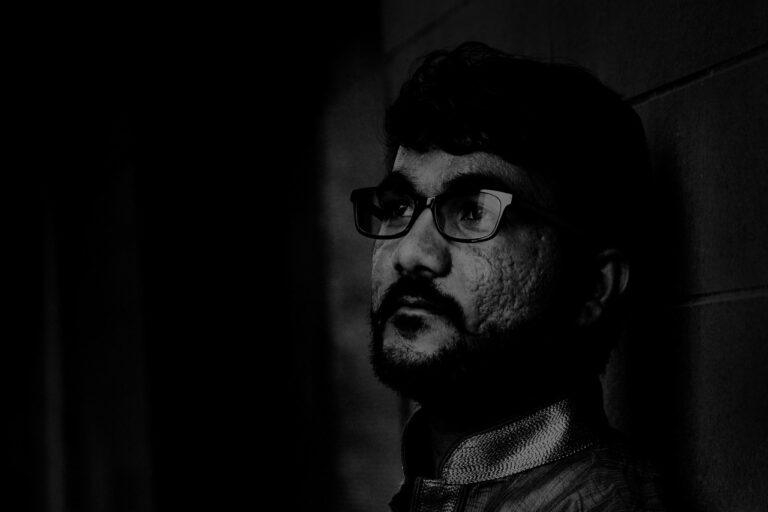The Future of Food Packaging: Biodegradable Materials and Sustainable Design: 11xplay online id, India 24 bet login, Sky fair vip
11xplay online id, india 24 bet login, sky fair vip: The future of food packaging is shifting towards more sustainable practices, with a focus on biodegradable materials and sustainable design. As consumers become more conscious of their environmental impact, there is a growing demand for packaging solutions that minimize waste and reduce pollution. In response, many companies are exploring innovative ways to create packaging that is both functional and eco-friendly.
Biodegradable materials, such as plant-based plastics and compostable paper, are becoming increasingly popular alternatives to traditional plastic packaging. These materials break down naturally in the environment, reducing the amount of waste that ends up in landfills or oceans. Some companies are even experimenting with edible packaging, made from seaweed or other edible materials, to further reduce waste.
Sustainable design is also playing a crucial role in the future of food packaging. Designers are finding creative ways to reduce the use of materials, such as using thinner packaging or eliminating unnecessary layers. They are also incorporating recycled materials into their designs, giving new life to materials that would otherwise be discarded. By designing packaging that is both functional and sustainable, companies can reduce their environmental impact while still delivering a quality product to consumers.
One example of sustainable food packaging is the use of biodegradable pouches for snacks and other on-the-go foods. These pouches are made from plant-based materials that break down easily in compost or recycling facilities. By choosing biodegradable pouches over traditional plastic packaging, companies can reduce their carbon footprint and appeal to eco-conscious consumers.
Another innovative solution is the use of reusable packaging systems. Some companies are experimenting with refillable containers for products like spices, oils, and other pantry staples. Customers can bring their empty containers back to the store for refills, reducing the amount of packaging waste generated. This model not only benefits the environment but also creates a more sustainable business model for companies.
Overall, the future of food packaging is moving towards a more sustainable and eco-friendly approach. By incorporating biodegradable materials and sustainable design practices, companies can reduce their environmental impact and meet the growing demands of consumers who are looking for greener options. As technology advances and new materials become available, the possibilities for sustainable food packaging are endless.
FAQs:
Q: Are biodegradable materials more expensive than traditional plastic packaging?
A: In some cases, biodegradable materials can be more expensive than traditional plastic packaging. However, as more companies invest in sustainable practices, the cost of biodegradable materials is gradually decreasing.
Q: Can biodegradable packaging be recycled?
A: Biodegradable packaging is designed to break down naturally in the environment, so it is typically not recyclable. However, some biodegradable materials can be composted or recycled in specialized facilities.
Q: How can consumers support sustainable food packaging?
A: Consumers can support sustainable food packaging by choosing products with minimal packaging, opting for reusable containers, and avoiding single-use plastics. By making conscious choices, consumers can help drive the demand for eco-friendly packaging solutions.







